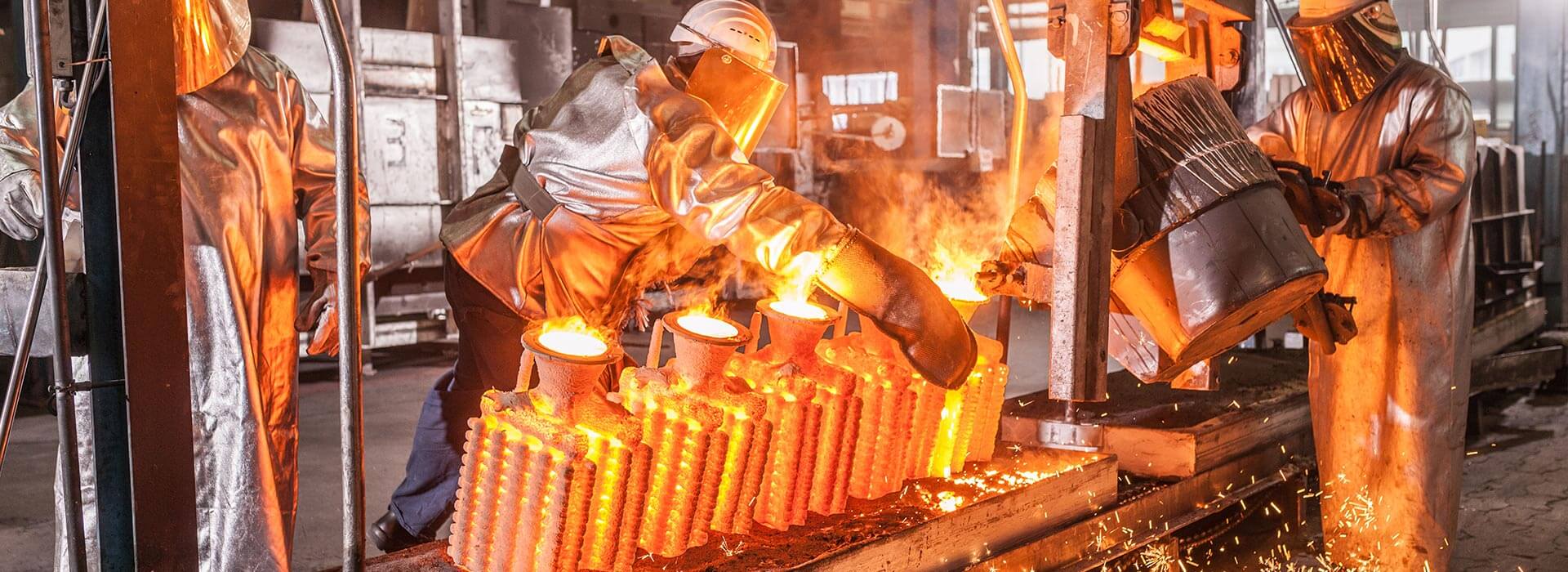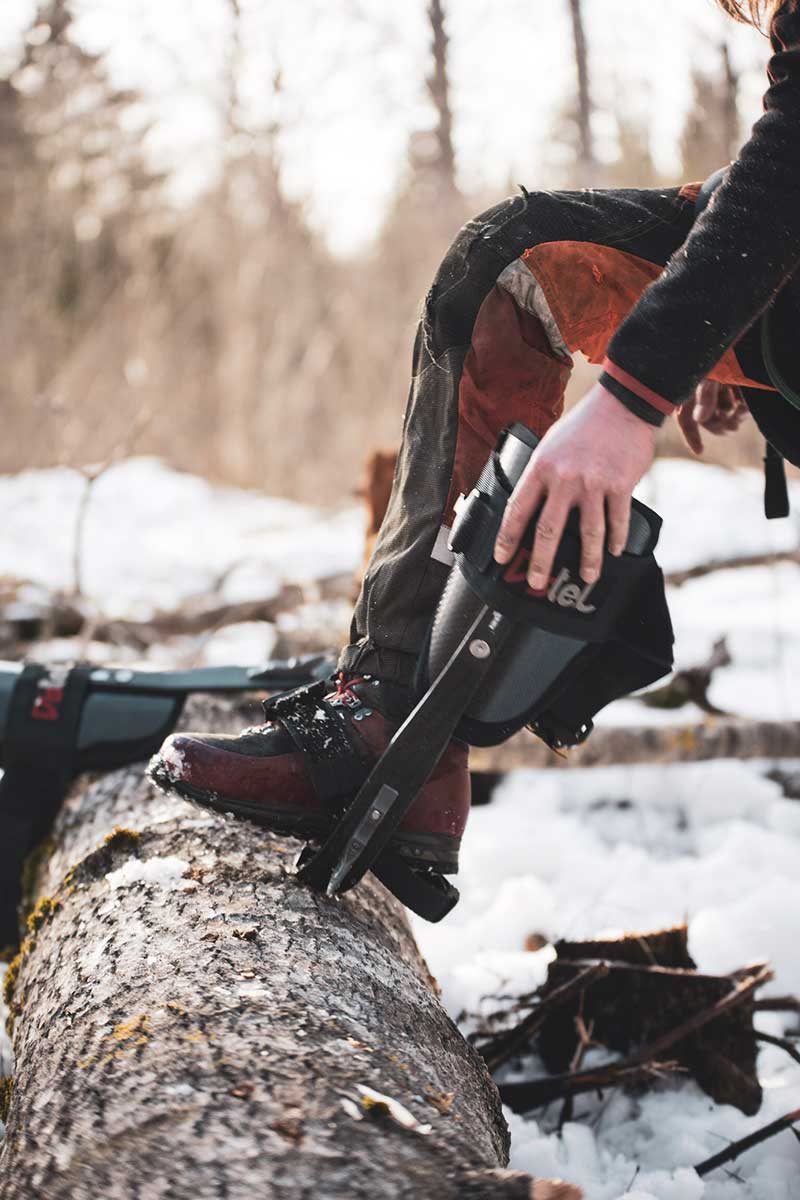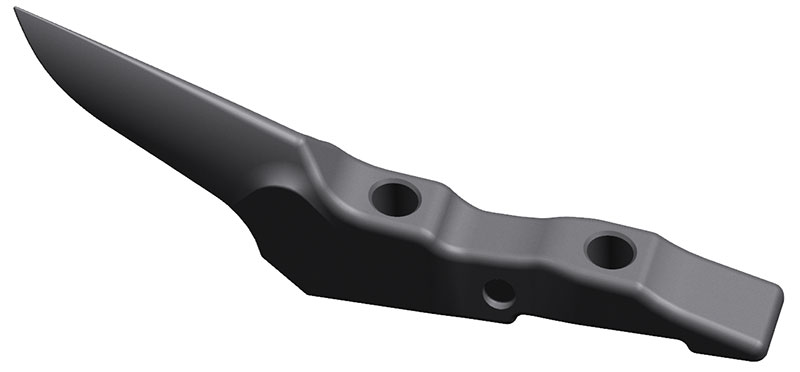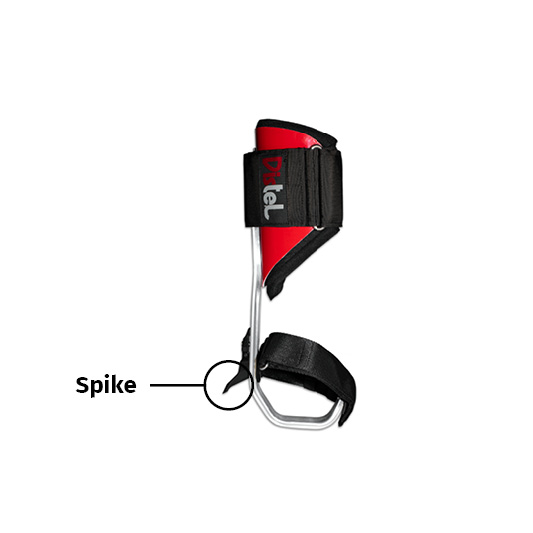For felling inaccessible trees, arborists often use climbing irons. This aid is attached by strong Velcro fasteners in the foot and calf area, with the foot standing in an aluminium or carbon fibre stirrup. With the climbing spike attached to the side of a shaft, professionals can climb up trees and, by standing securely in the tree, cut it with the power saw. So with the climbing spike, it literally goes high up!
The most economical solution is to realize the spike in investment casting. This is mainly due to the elongated geometry with protruding tip. In a metal-cutting process, milling from a single piece of material would result in significantly higher material consumption, which in turn is associated with higher costs. Another advantage of the investment casting process is the geometric freedom in the realization of a casting. Derived from the later intended use, a part can be designed which exactly meets the later requirements - taking into account the loads during use. This topology optimization can again result in significant material savings. In addition, investment casting makes it possible to produce rounded shapes.
Since the climbing iron is attached directly to the foot, material savings and lightness played an essential role when planning the casting part. The BLANK-Group disposes of an almost inexhaustible variety of materials in order to meet the load requirements and also the desire for the lowest possible weight.
A climbing spike can have a spike length of 31 mm up to currently 57 mm - depending on the field of application. The height of the tip varies here between 29 and 48 mm. For maximum corrosion protection, the spikes are thermodiffusion galvanized and then coated with a black PTFE coating which also makes it easier to remove the spike from the tree fibre. After the casting process only minimal mechanical processing is necessary to sharpen the spike for climbing the tree and to ensure its attachment to the shaft. Thanks to the investment casting process, no further processing is required.




